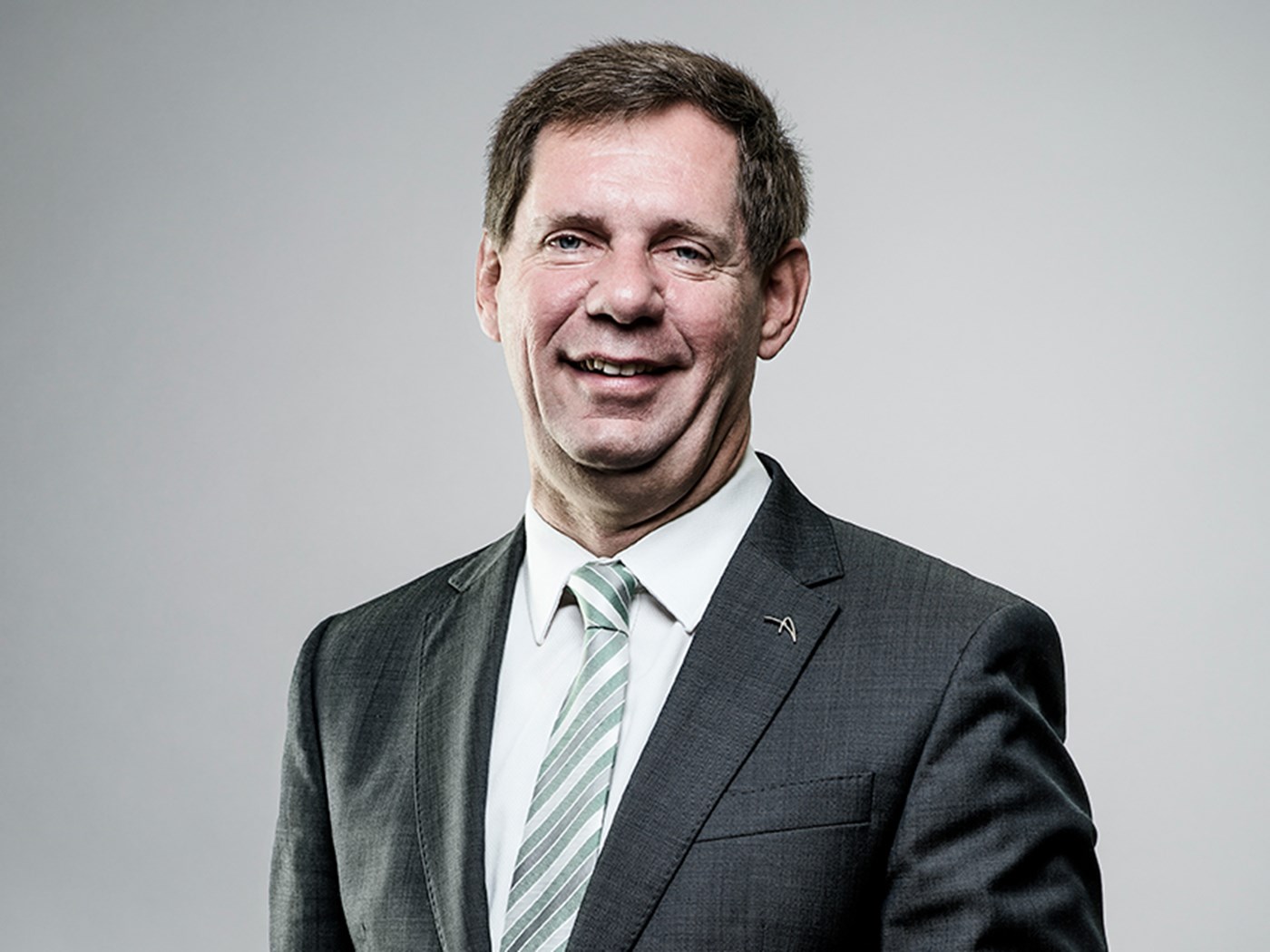ArcelorMittal (‘the Company’) has published a concept for a low-carbon emissions steel standard to help incentivise the decarbonisation of steelmaking globally and support the creation of market demand for physical steel products which would be classified as lower, and ultimately near-zero, carbon emissions steel.
The creation of clear definitions for low-carbon emissions physical steel is an important component of ‘demand pull’ and ‘supply push’ mechanisms that are required to support the steel industry in its transition to net zero by 2050. Clear definitions will also help inform targeted policy to support the scale-up and commercialisation of these near-zero technologies.
At the heart of the concept are three core principles:
The concept is designed to be complementary to methods for rewarding virtual low-carbon steel, at least until significant amounts of physical low-carbon steel are available.
Any standard must incorporate a dual score consisting of: a LCA value for finished products so that customers can clearly see the embodied carbon emissions of the steel they purchase, and; a decarbonisation rating system akin to the labelling system already used in the EU for white goods, which measures the level of steel producers’ decarbonisation progress.
Any standard must incentivise all steel producers to progress towards net zero, irrespective of the technology they start with. The carbon emissions in a tonne of steel is heavily influenced by the metallic input used in steelmaking, with secondary steelmaking (scrap-based) carrying a much lower carbon footprint than primary steelmaking (iron ore based). Although scrap steel has an important role to play in the decarbonisation of the global steel industry, it is a finite resource which is already fully utilised, and primary steel will continue to be needed to meet steel demand until well beyond 2050. Therefore, we firmly align with the view of both ResponsibleSteel™ and the IEA that a low-carbon emissions steel standard needs to incorporate a sliding scale which accounts for the metallic input (primary/iron ore vs. secondary/scrap) of steelmaking and incentivises decarbonisation through the introduction of low-carbon emissions technology rather than simply by increasing the amount of scrap used.
It is critical that a consistent boundary is used in order to enable a like-for-like comparison between steel producers for the decarbonisation rating system, and that this boundary is representative of the core emissions of steel production. Therefore, in its initial phase our concept proposes a core steel system boundary that can be readily measured today, based on the Net-Zero Steel Pathway Methodology Project, which counts all Scope 1 and 2 emissions as well as selected Scope 3 emissions from ironmaking, steelmaking, casting and rolling[1]. As measuring methodology and primary upstream emissions data becomes available this boundary would then be extended in a second phase to include upstream emissions.
The graph below demonstrates the concept of how the decarbonisation rating system would work:
A steel producer’s position on the graph would be based on their embodied carbon emissions per tonne of hot rolled steel (y-axis) and the metallic input they use (x-axis). The producer’s position would fall above or below a threshold line, indicating whether they would be producing low-carbon emissions steel or not.
Furthermore, steel producers which fall on or below the threshold would then be split into six bands - A+ to E - with the producer progressing through the bands as they decarbonise. This system could therefore be used by policy makers and customers to incentivise producers to further decarbonise in order to attain a higher rating (with A and A+ being the highest and the only category where producers could claim their steel to be near zero (A) or net zero (A+)).
Similar to ResponsibleSteel™ and the IEA, the threshold for near-zero steel should be set at a level which supports all potential decarbonisation routes.
Finally, any standard should also still recognise the early actions taken by first movers to enable customers to report reductions in their Scope 3 emissions through the purchase of virtual certificates. This should be represented through the inclusion of the ‘S’ certificate.

“Setting a standard to classify low-carbon emissions steel during our industry’s transition to net zero is critical to our decarbonisation journey. We have spent a lot of time thinking about how to do this in a fair way that incentivises all steelmakers to reduce emissions and ultimately achieve net zero. At the heart of our concept is a system that ensures that all steelmakers, both primary and secondary, are incentivised to further improve their emissions, and progress towards near zero is recognised and rewarded.
“We know that there are many organisations giving this question a lot of thought. We are in close discussion with several of these organisations and have welcomed the opportunity to share our expertise of steelmaking with them as they develop their recommendations. As this is such a critical topic for the industry, we decided to directly publish the key principles we believe should be at the core of any system to officially categorise lower and near zero carbon steel.
“We believe these principles will help incentivise the industry and will also prove intrinsic in providing transparency and clarity to steel consumers, guiding their purchasing decisions and helping to develop green steel lead markets.”

“We know that our customers want low-carbon steel products. That is why we launched the XCarb™ green steel certificates which have proved very popular with our customers. However, these are virtual low-carbon products and we must also have a system that defines what constitutes physical low-carbon steel during the transition to near and ultimately net zero. This will help support a return on the investment required to transition to low-carbon steelmaking which will be more costly than the technologies used today. We believe it is important that any standard has a dual approach that clearly states the LCA value of the product as well as a rating to show decarbonisation progress. This makes the embodied carbon content of the product clear to customers but also the progress that producer is making towards near zero – a vital component of ensuring every company contributes to achieving the Paris Agreement.”
[1] To see exactly what is included in the boundary please see:
https://corporate.arcelormittal.com/media/phendpxm/arcelormittal-low-emissions-steelmaking-standards-proposal.pdf